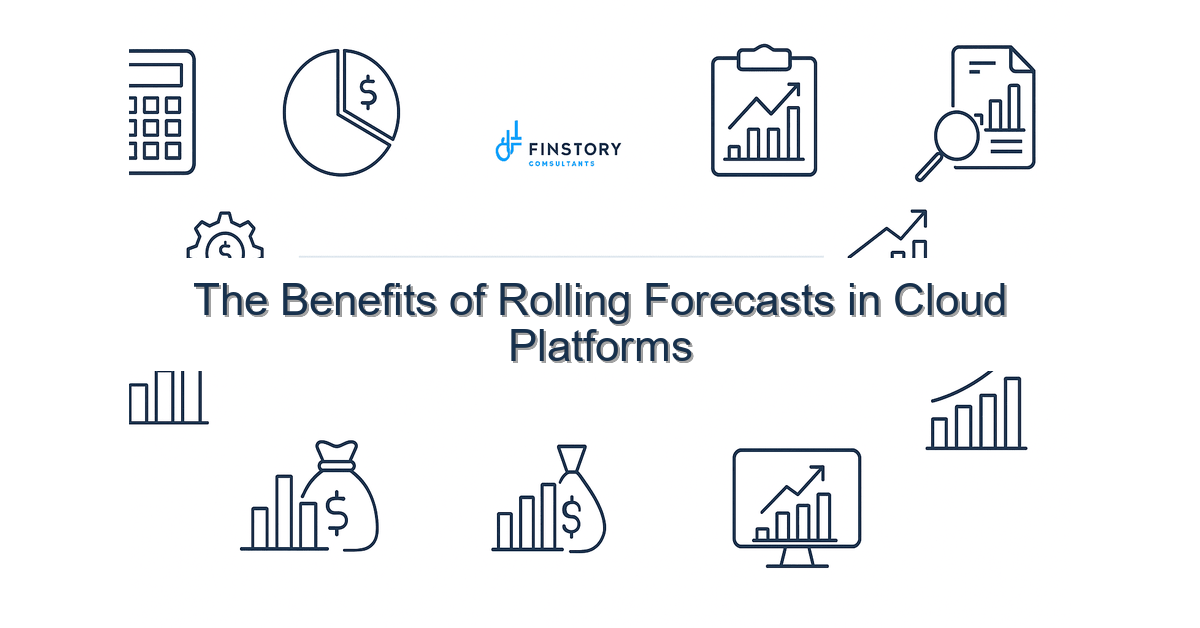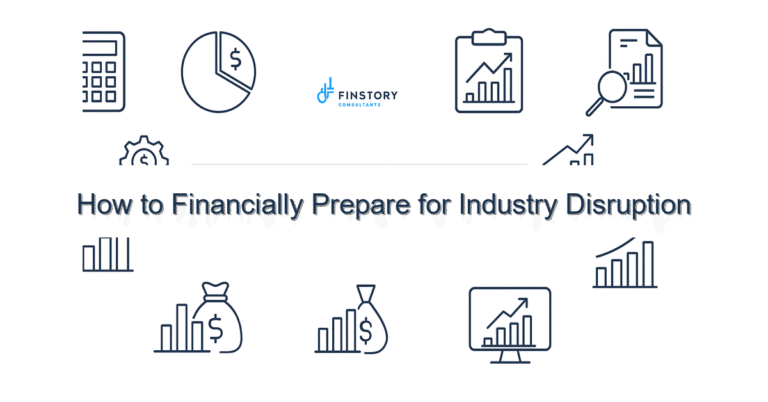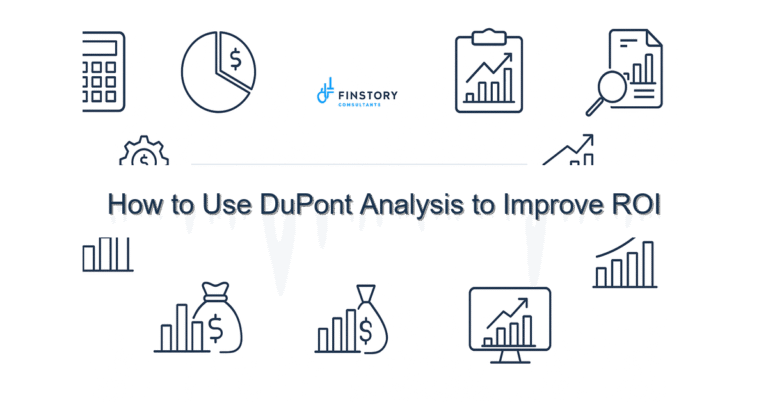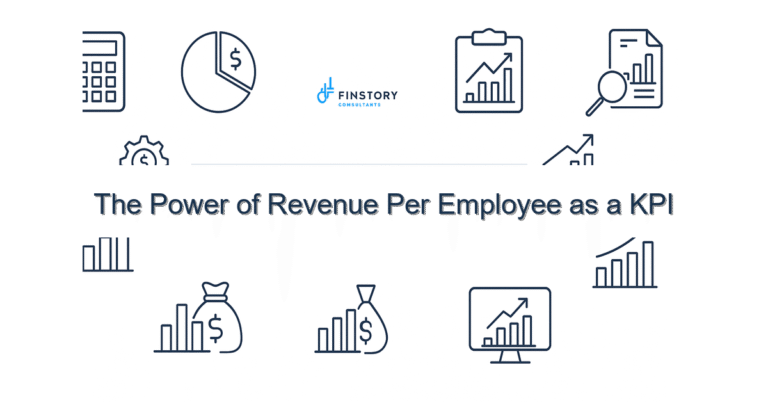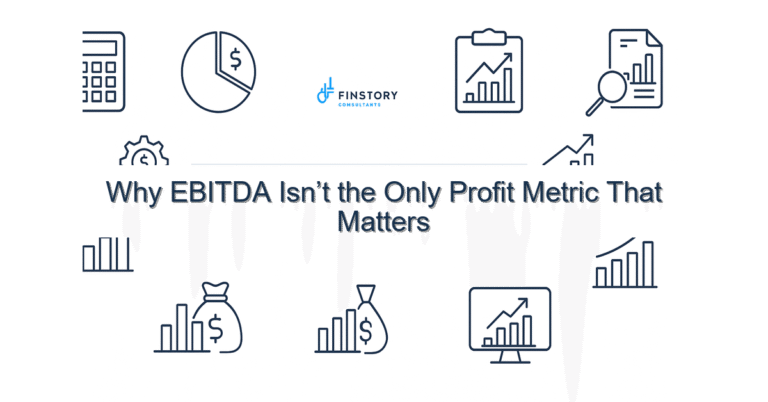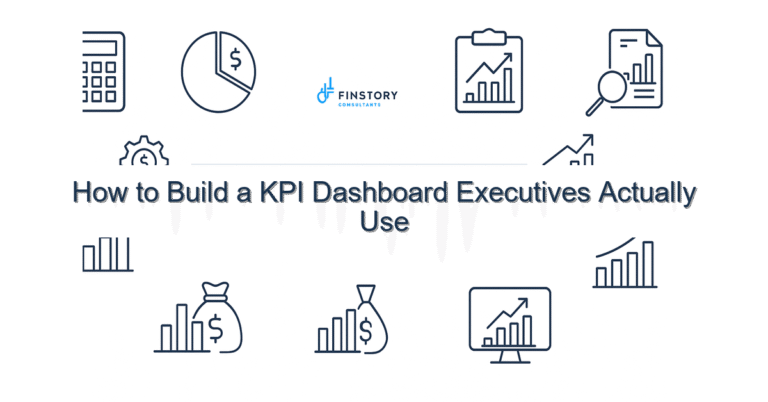The Benefits of Rolling Forecasts in Cloud Platforms
It’s exhausting to run a budget that’s already stale by the time you present it. You know your hospital or clinic needs agility, and the finance team keeps getting stuck in reconciliation and manual updates. You’re not alone—and there is a better way.
Summary: Adopt rolling forecasts in cloud platforms to move from static yearly budgets to continuous, data-driven forecasts. The win: faster decisions, better margins, and less time spent on manual consolidation—so leaders can focus on patient care and strategy.
What’s the real problem? (rolling forecasts in cloud platforms)
Healthcare operations and finance teams face volatile demand, changing reimbursement rules, and tight staffing. Yet many organizations still use quarterly or annual budgets that are out of date the day they’re finalized. That makes it hard to reallocate resources quickly or forecast cash for investments.
- Symptoms: Monthly close takes too long and forecasts disagree across departments.
- Symptoms: Finance spends weeks reconciling spreadsheets instead of advising operations.
- Symptoms: Leadership reacts to surprises—staffing shortages, supply cost spikes—rather than anticipating them.
- Symptoms: Capital requests stall because forecasting data is old or inconsistent.
What leaders get wrong
Leaders want predictability, so they cling to annual budgets and rigid plans. That’s understandable—but it’s the wrong weapon for a volatile environment. Common pitfalls:
- Thinking forecasting is a once-a-year task rather than an ongoing process.
- Assuming more meetings will fix accuracy instead of improving data flow and tools.
- Buying heavy systems without rethinking process and governance first.
- Not involving operations early—finance builds models in isolation and the outputs aren’t used.
A better approach
Switch to rolling forecasts in cloud platforms that update continuously, integrate live data, and present the same numbers to finance and operations. Here’s a 4-step framework to get started:
- Define the horizon and cadence. Start with a 12- to 18-month rolling window updated monthly (or biweekly for high-variability services).
- Centralize inputs in the cloud. Bring EHR volumes, payroll, supplier contracts, and grants into a single model with automated feeds.
- Build lightweight scenario templates. Model a few high-impact scenarios (volume dip, payer change, staffing surge) and keep them reusable.
- Govern and operationalize. Assign clear owners (finance for assumptions, operations for activity drivers) and a review cadence tied to decisions—hiring, purchasing, program expansion.
Real world: A 200-bed community hospital moved to monthly rolling forecasts in a cloud planning tool. Within six months they reduced budget cycle time by 40% and caught a service-line margin deterioration two months earlier—saving $800K in avoided overtime and supply spend.
Quick implementation checklist
- Pick a 12–18 month rolling horizon and agree on monthly cadence.
- Identify 5 high-impact data feeds (admissions by DRG, OR minutes, payroll, A/R days, supply costs).
- Map owners for each driver (who validates volumes, who owns staff planning).
- Replace 1 manual spreadsheet with a cloud feed this week (e.g., payroll export to cloud model).
- Create 3 scenario templates: baseline, downside, upside.
- Schedule a 60-minute monthly forecast review with operations and the CFO.
- Enable role-based dashboards for department heads (no Excel exports).
- Run an initial accuracy check: compare last 3 months’ forecast vs. actuals and capture variance drivers.
What success looks like
Measurable outcomes help justify the shift. Expect results like:
- Forecast accuracy improves: target 10–20% reduction in variance on key revenue drivers.
- Faster cycle time: monthly close and forecast refresh reduced by 30–50%.
- Operational response time: decisions on staffing or OR blocks sped up from weeks to days.
- Cost avoidance: timely margin alerts lead to reduced overtime and supply waste (example above: $800K saved).
- Higher FP&A leverage: finance spends 25–40% less time on consolidation and more on analysis.
Risks & how to manage them
Rolling forecasts are powerful, but they carry risks if implemented poorly. Three top risks and mitigations:
- Risk: Garbage-in, garbage-out. Mitigation: Start with a few high-quality feeds and validate inputs with ops leaders.
- Risk: Tool overload—buying features you won’t use. Mitigation: Pilot a core use case (e.g., volume-linked revenue) before expanding.
- Risk: Change fatigue in staff. Mitigation: Train in short sessions, show quick wins, and preserve some familiar reports during transition.
Tools & data
Rolling forecasts rely on automation and good reporting. Use cloud-based finance automation to schedule data pulls from your EMR, payroll, and billing systems. Power BI or similar visualization tools present live leadership reporting—so the chief medical officer and CFO look at the same dashboard.
Tip: Integrate your cloud forecasting model with your FP&A process and use API feeds for patient volumes and payments. That reduces manual reconciliation and drives faster scenario analysis.
FAQs
What is a rolling forecast? A rolling forecast regularly updates expected outcomes (revenue, expenses, cash) across a continuous horizon—usually 12–18 months—so forecasts always include the next period.
How often should we update it? Monthly is a practical starting point for most hospitals; biweekly works for high-variability units like EDs or transplant programs.
Do we need to replace our ERP or EHR? No. The goal is to connect key data points to a cloud forecasting model. Many hospitals keep their ERP/EHR and use cloud tools for planning and reporting.
How long before we see ROI? Many teams realize operational benefits within 3–6 months—shorter cycle times and earlier margin alerts—while full cultural adoption takes longer.
Next steps
Ready to move from stale budgets to rolling forecasts in cloud platforms? Start with a small pilot: pick one service line, connect 3 data feeds, and run monthly reviews for 3 cycles. You’ll see where assumptions break and where quick wins exist.
Want help designing the pilot, integrating data feeds, or standing up leadership reporting? Contact Finstory to map a tailored plan that fits your operations and governance.
Work with Finstory. If you want this done right—tailored to your operations—we’ll map the process, stand up the dashboards, and train your team. Let’s talk about your goals.
Related reading: Continuous forecasting vs. annual budgeting, FP&A and forecasting services, Cloud finance automation for healthcare.
📞 Ready to take the next step?
Book a 20-min call with our experts and see how we can help your team move faster.
Prefer email or phone? Write to info@finstory.net
or call +91 44-45811170.
